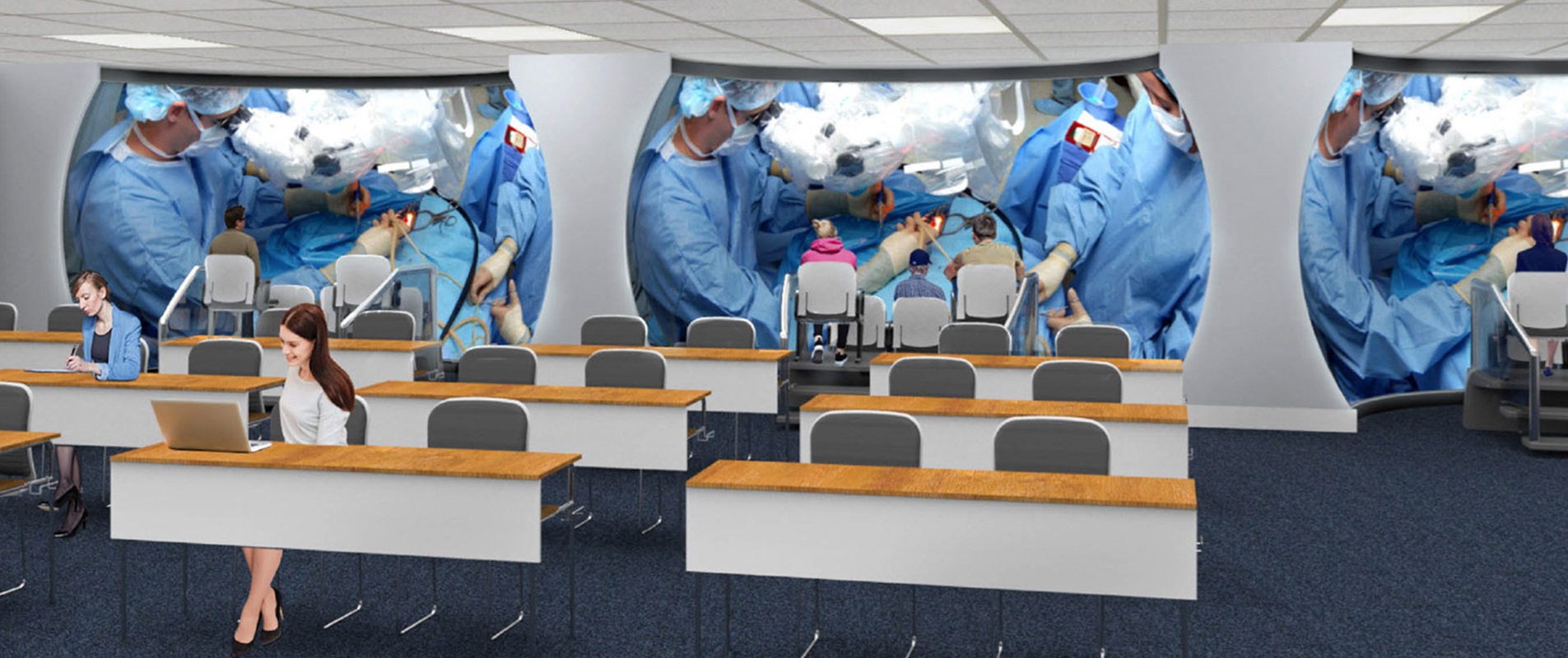Is Virtual Reality really a life saver?
Virtual reality (VR) and augmented reality (AR) are two of the most innovative and impactful technologies of our time. They have the potential to transform various aspects of our personal and business lives, from work collaboration to education and entertainment. But did you know that VR and AR can also save lives? This becomes especially clear when we look at how VR is applied in critical scenarios.
VR technology can save lives in many ways, including:
- Medical training. Doctors, nurses, and other health professionals can practice their skills and learn new techniques in a safe and controlled virtual way, while improving their empathy and communication with patients. VR is also a tool for mental health treatment, helping with anxiety and PTSD through virtual exposure therapy.
- Emergency Services and Safety. VR can expose first responders to real-life scenarios that would be otherwise impossible or dangerous to rehearse, such as mass disasters, evacuation drills, firefighting, accidents, and other dangerous conditions. By simulating complex and dangerous situations in a virtual environment, VR improves the readiness and response effectiveness of firefighters, paramedics, and other emergency personnel.
- Research and innovation. Scientists and engineers can explore new possibilities and solve complex problems, as well as visualize and manipulate data, models, and structures in a 3D space to discover and treat new and existing health issues. VR also helps scientists collaborate and share their findings worldwide.
VR can also save lives in surprising ways, such as improving exercise and well-being. By combining physical activity with virtual environments, workouts and training routines are transformed into engaging, interactive sessions that empower personal health. In this essay, we will explore how virtual reality is saving lives by transforming our real-world fitness experiences in ways previously unimagined.
Skip the gym membership
Despite skepticism around VR technology, many users have shared their life-saving experiences using virtual reality for personal fitness, citing its accessibility, emotional engagement, and privacy, which differ from traditional gym environments. Plus, there are practical benefits to VR fitness, such as the cost savings of a gym membership or building a home gym.
To put these advantages into perspective, here are some of the ways how virtual reality is saving lives:
- Safety and Training. VR helps you burn calories and build muscle with engaging and motivating exercises, games, and experiences. Some VR games can be as intense as a spin class or a boxing session, depending on the level of difficulty and the duration of the game, yet they remain low impact. You can also track your progress and set goals with VR fitness apps and devices.
- Stress-Reduction. VR can transport you to relaxing and soothing environments, such as nature or meditation spaces. VR can also help you cope with pain, phobias, and trauma by distracting you from the source of discomfort and providing you with positive feedback and reinforcement.
- A Loneliness Antidote. VR can also help people connect with others and socialize in a virtual world, which can reduce loneliness and isolation. You can join VR fitness communities like Meta’s Supernatural, work out with friends, or explore VR games and experiences together.
- Better Than a Gym. Perhaps the most unique appeal of VR fitness is its private, immersive environment. Unlike traditional fitness settings, there are no mirrors or onlookers. This allows users to focus fully on the present moment, both physically and emotionally. In VR, you’re not self-conscious about being in a room full of people. Instead, you’re deeply connected to your own experience, feeling secure and supported by a virtual coach who recognizes and responds to your individual needs.
Avoid dangerous training scenarios
VR fitness is not only a fun and engaging way to exercise, but also a life-saving tool that can improve the health and well-being of users. For example, VR for law enforcement training and military training can simulate realistic and challenging scenarios that can enhance the skills and performance of officers and soldiers. By using VR and AR, they can also avoid or reduce the risk of real injuries that could occur in traditional training methods.
From revolutionizing personal fitness to how virtual reality can prevent real injuries for first responders and military personnel, VR is a powerful and versatile technology that will have a positive and lasting impact on society and humanity for years to come.

